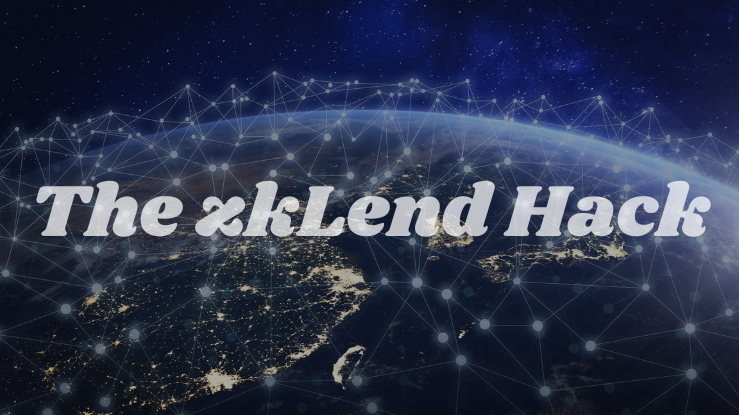
Blockchain is a digital ledger that records transactions in a secure, transparent, and decentralized manner. Unlike traditional databases that store data in one central location, blockchain distributes information across multiple computers, making it tamper-proof and highly secure.
Think of blockchain as a chain of blocks, where each block contains transaction data. Once a block is added to the chain, it cannot be changed or deleted. This makes blockchain a trustworthy system for recording and verifying transactions.
Key Features of Blockchain
- Decentralization – Unlike traditional databases controlled by a single entity, blockchain operates on a network of computers (nodes) that work together to validate transactions.
- Transparency – All transactions on a blockchain are visible to everyone on the network, ensuring transparency and trust.
- Security – Blockchain uses advanced cryptographic techniques to secure data, making it resistant to hacking and fraud.
- Immutability – Once a transaction is recorded on the blockchain, it cannot be altered or deleted, ensuring data integrity.
- Consensus Mechanism – Transactions are validated through consensus protocols like Proof of Work (PoW) or Proof of Stake (PoS), preventing fraudulent activities.
How Blockchain Works
- Transaction Initiation – A user initiates a transaction, such as sending cryptocurrency to another user.
- Verification – The transaction is broadcast to a network of computers (nodes) for verification.
- Block Formation – Once verified, the transaction is grouped with others into a block.
- Consensus Mechanism – Nodes use a consensus algorithm to agree on the validity of the block.
- Block Addition – The verified block is added to the existing blockchain, ensuring a permanent and secure record.
- Completion – The transaction is successfully recorded, and the updated blockchain is shared with all nodes.
Types of Blockchain
- Public Blockchain – Open to everyone and fully decentralized. Examples include Bitcoin and Ethereum.
- Private Blockchain – Restricted access, controlled by a single organization. Used in businesses for internal data management.
- Consortium Blockchain – Partially decentralized, managed by multiple organizations. Used in banking and supply chains.
- Hybrid Blockchain – A combination of public and private blockchain, offering flexibility and security.
Applications of Blockchain
1. Cryptocurrency
Bitcoin, Ethereum, and other cryptocurrencies use blockchain for secure transactions.
2. Banking and Finance
Blockchain enables faster cross-border payments, reduces fraud, and enhances transparency in financial transactions.
3. Supply Chain Management
Companies use blockchain to track products from manufacturing to delivery, ensuring authenticity and reducing counterfeits.
4. Healthcare
Securely stores patient records, reducing medical fraud and improving data accessibility.
5. Voting Systems
Blockchain ensures secure and transparent voting, preventing election fraud.
6. Smart Contracts
Self-executing contracts automate agreements without the need for intermediaries.
7. Real Estate
Helps in property transactions by reducing paperwork, fraud, and transaction costs.
8. Digital Identity
Provides secure digital identities, reducing identity theft and fraud.
9. Education
Verifies certificates and degrees, preventing forgery.
10. Entertainment and Media
Protects digital copyrights and prevents piracy.
Conclusion
Blockchain is a powerful technology that is transforming various industries. Its decentralization, security, and transparency make it a game-changer. As blockchain continues to evolve, we can expect more innovations that will revolutionize the way we store and share data. Whether in finance, healthcare, or even voting, blockchain is shaping the future of digital transactions.

